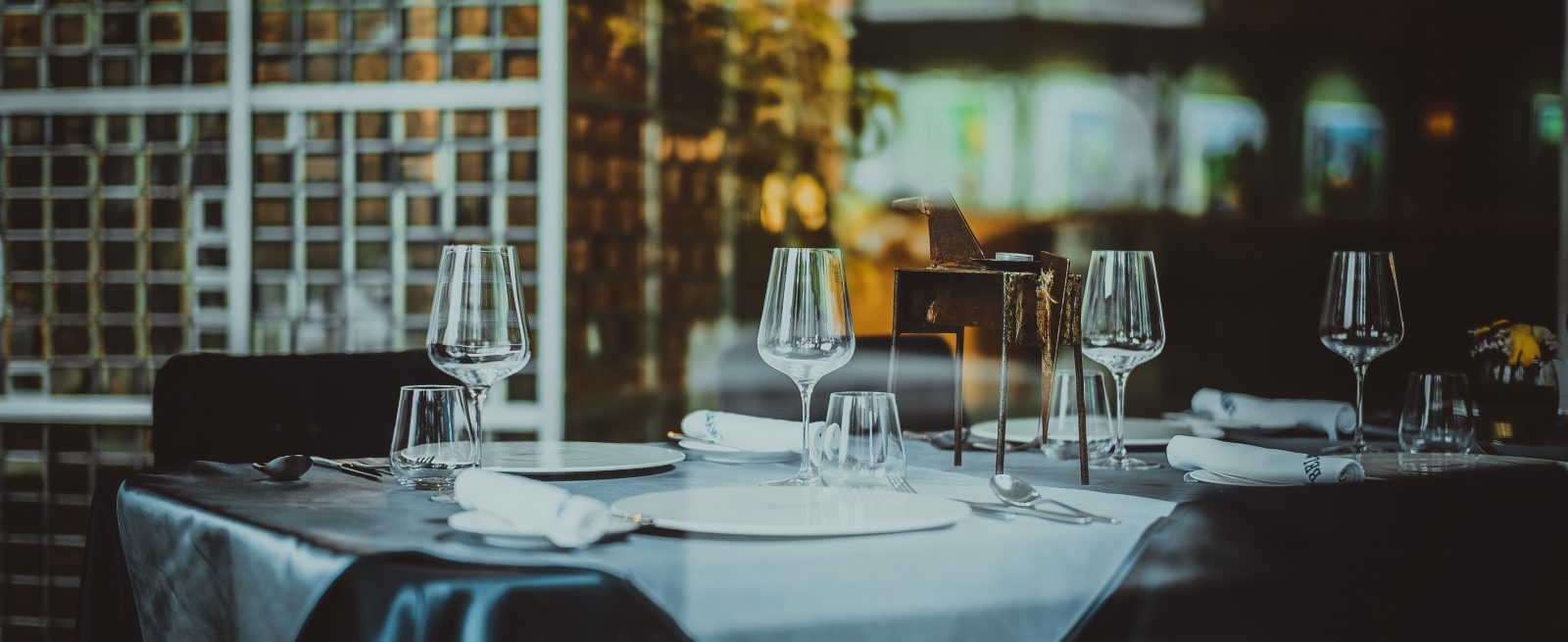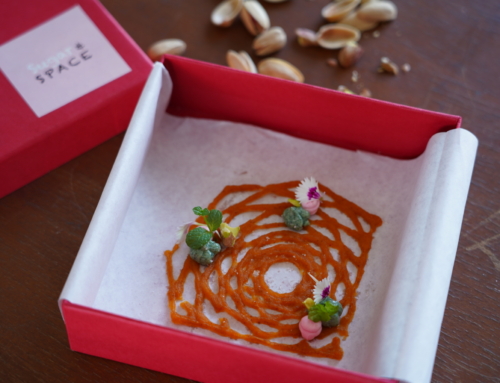British marketing tycoon David Ogilvy stated, “A well-run restaurant […] takes advantage of every split-second opportunity to speed up service.” The food was presented beautifully, smelled divine; but you had to wait for that missing fork for ages. Ideally, service is invisible. You only notice it when something goes wrong. In order to ensure enjoyable experiences for customers, preparation for service has a lot to do with setting the table right. Here’s why table setting is important for restaurants:
Why table setting is important for restaurants:
- In an ideal world, every eating place is carefully designed to connect the kind of food being served to the architectural shell. There are a handful of eating establishments around the globe that really follow this. More often, restaurants create an atmosphere by the way they set the table.
- These settings are important to make customers feel welcome and ensuring that they are comfortable.
- Table settings set expectations in customers’ minds. These are related to a) service style (eg. Service by course vs. Buffet style set up) and b) quality of the food (a more elaborate set up automatically ups consumer expectations).
- An immaculately set table demonstrates uniformity and consistency of the eating establishment. More importantly, it showcases that cleanliness and hygiene are utmost priority.
- Table settings must be complete; having all the necessary tableware, centerpieces, napkins and condiments. This makes the job easier during service and ensures customers are not left waiting for silly things. Based on nature of menu items, for customer comfort, use of waiter stations or fridges and freezers is recommended. These could then be brought at a suitable time during the meal, to avoid cluttering the table and thus hampering the overall experience.
Setting the Table, an exploration of eating rituals across cultures that goes far beyond four legs and a surface.








Leave A Comment